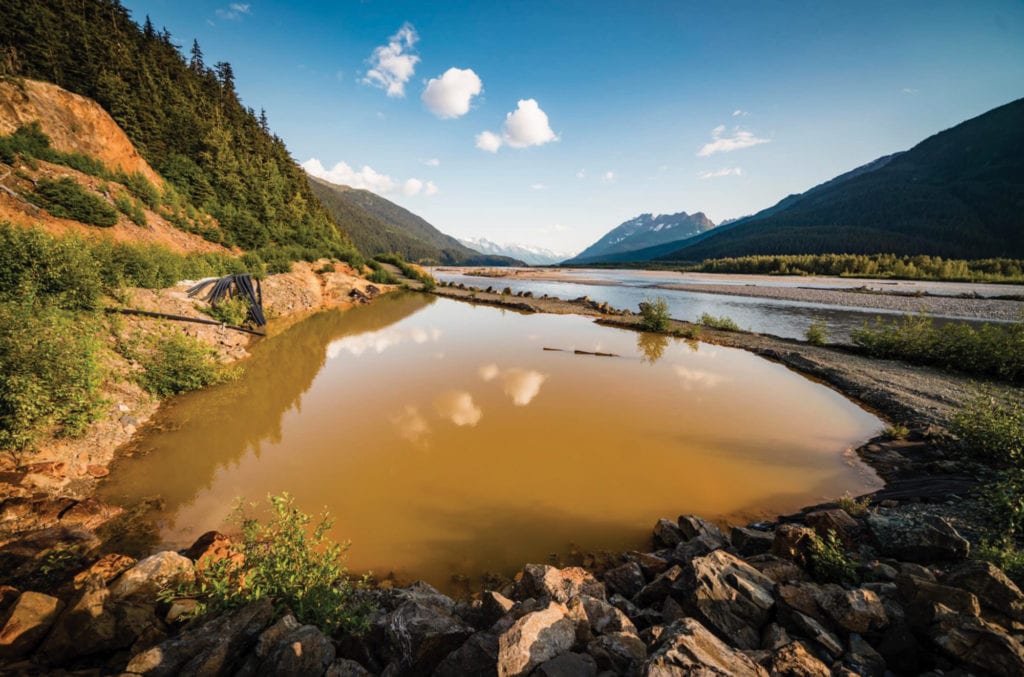
Collaborators of a four-year study that concluded there is no measurable impact to transboundary waters flowing into Alaska from historical mining activity in British Columbia say their data will be the foundation for assessing the impact of future industrial activity.
Leaders of two prominent Southeast Alaska Native organizations, as well as conservation entities, say the study should not be viewed as an end but a beginning, with continuous monitoring of the salmon-rich transboundary waters of the Stikine, Taku and Unuk rivers.
The study was led by environmental agencies of the governments of British Columbia and Alaska. They presented their conclusions as the result of a collaborative effort of government agencies, indigenous nations, industry and the public to ensure that environmental, cultural and economic values of the rivers were protected.
“This program has been an extraordinary partnership of many dedicated and knowledgeable people and is a great example of what can be achieved when we work together,” said George Heyman, B.C.’s minister of environment and climate change strategy. “Water and wildlife don’t recognize borders, and so it’s up to all of us to protect our critical and priceless watersheds regardless of jurisdiction.”
British Columbia has already begun efforts to halt acid draining seeping from the Tulsequah Chief mine, which was shut down decades ago, but it is expected to take at least several years to stop that mine waste from leaking into a tributary of the Taku River.
Jason Brune, Alaska Commissioner of Environmental Conservation, hailed the study as important baseline data. “The data has not shown a measurable impact to Alaskan waters from historical mining activities in B.C. and will serve as a foundation to assess potential impacts from future industrial activity as well,” he said.
Both the Southeast Alaska Indigenous Transboundary Commission and Central Council of Tlingit & Haida Indian Tribes of Alaska question the amount of actual collaboration between these governments and tribes.
According to the central council they have not engaged with the Alaska-B.C. Bilateral Working group of its technical working group on monitoring since 2018. And Fred Olsen Jr., executive director of SEITC, added, “we found out about the report in the news. Where is the collaboration? We need federal involvement.”
“This needs to be recognized as a beginning, not the end,” said Rob Sanderson Jr., chairman of the board of SEITC. “Alaska and B.C. have only just started working together.”
Jilll Weitz, director of Salmon Beyond Borders, expressed concern that the Dunleavy administration is giving Canadian mining interests preference over coastal communities dependent upon the productivity of these rivers. “The state has oversimplified the complexity of this international issue and without binding agreements in place, Alaskans remain unprotected,” she said.
“Make no mistake, Tlingit & Haida supports responsible mining,” said Richard Peterson, Tlingit & Haida tribal president. “Many of our tribal citizens work in mining, but these mines must operate safely and responsibly and with best practices and strict liability for harm to the environment,” he said.





